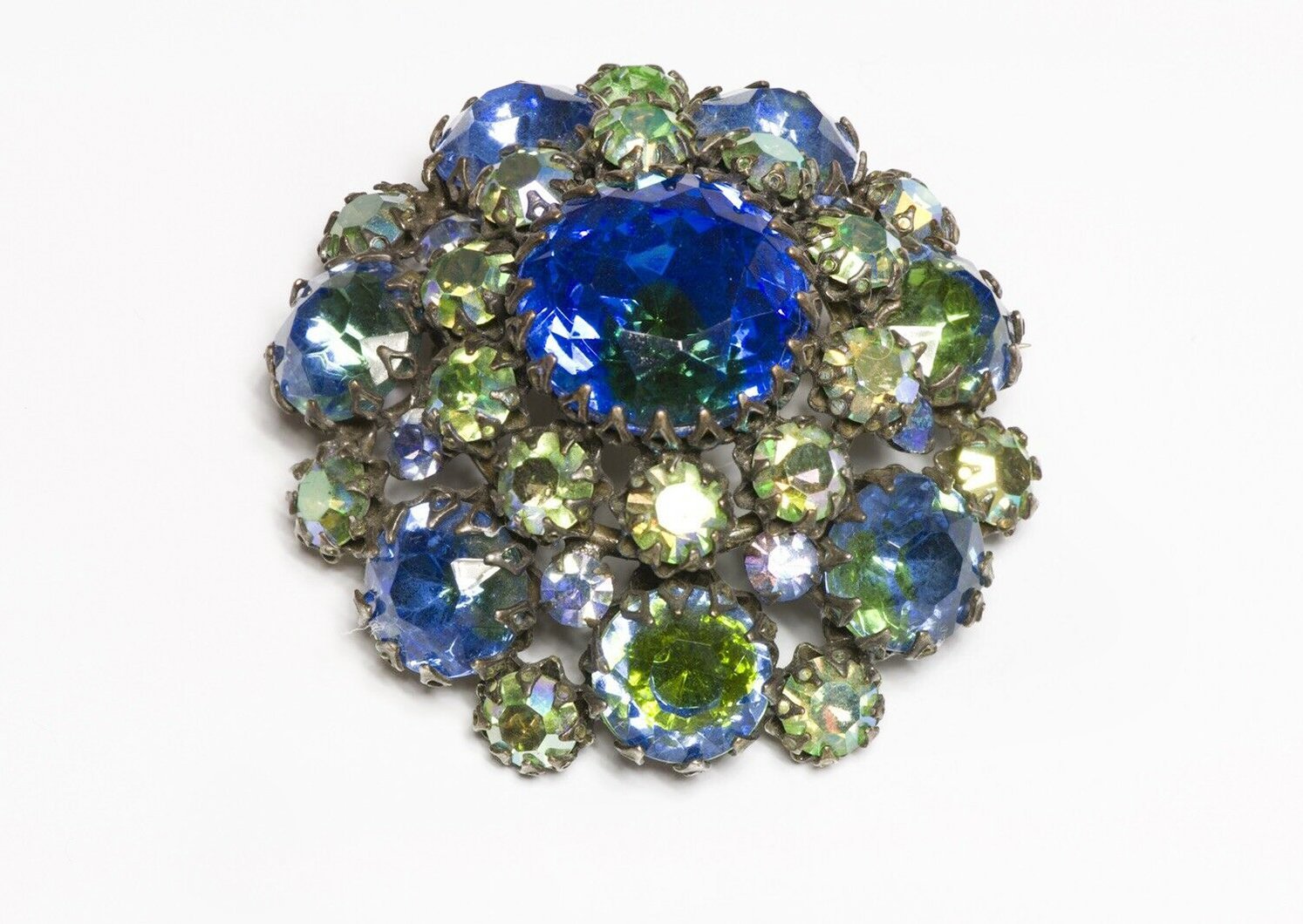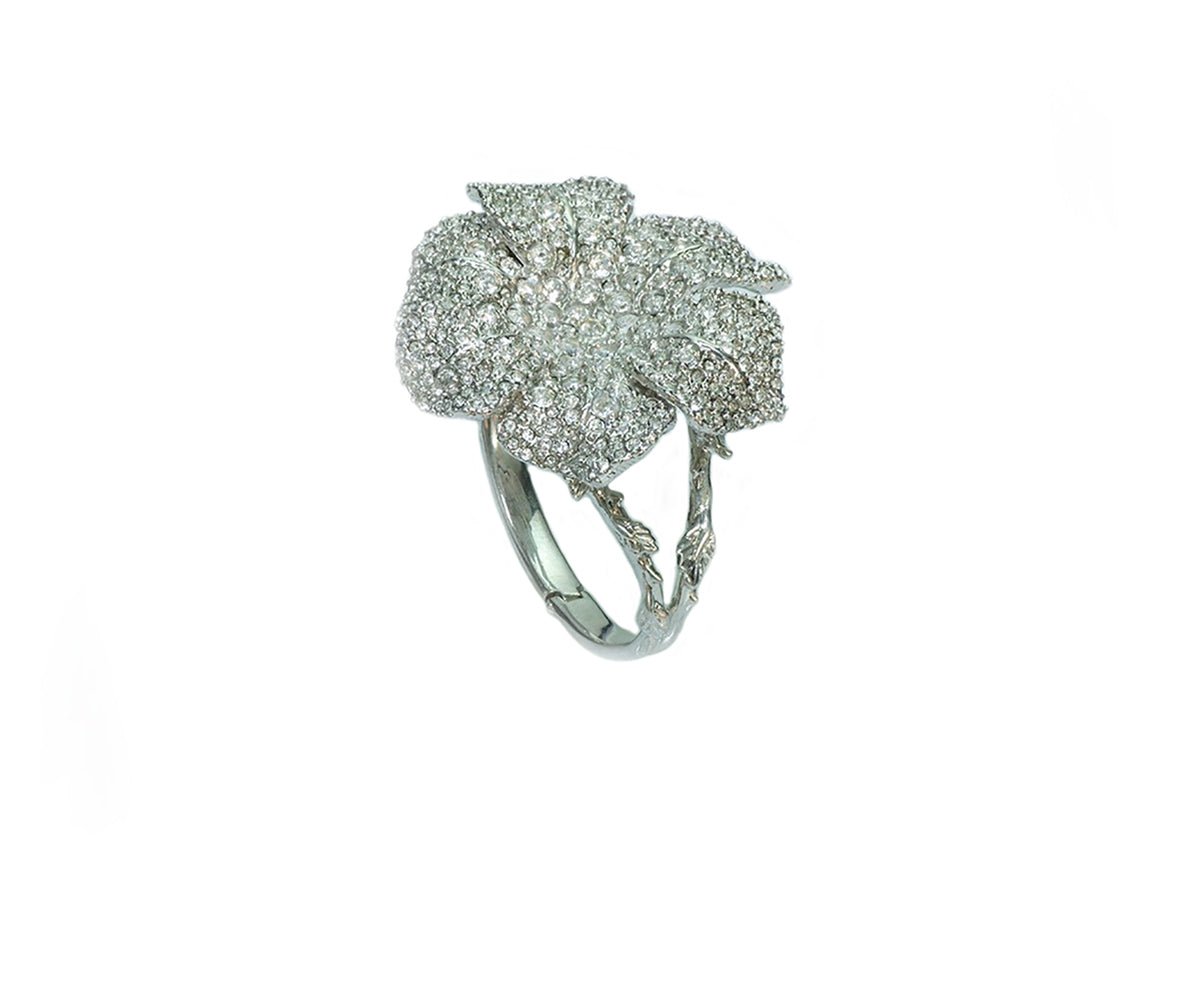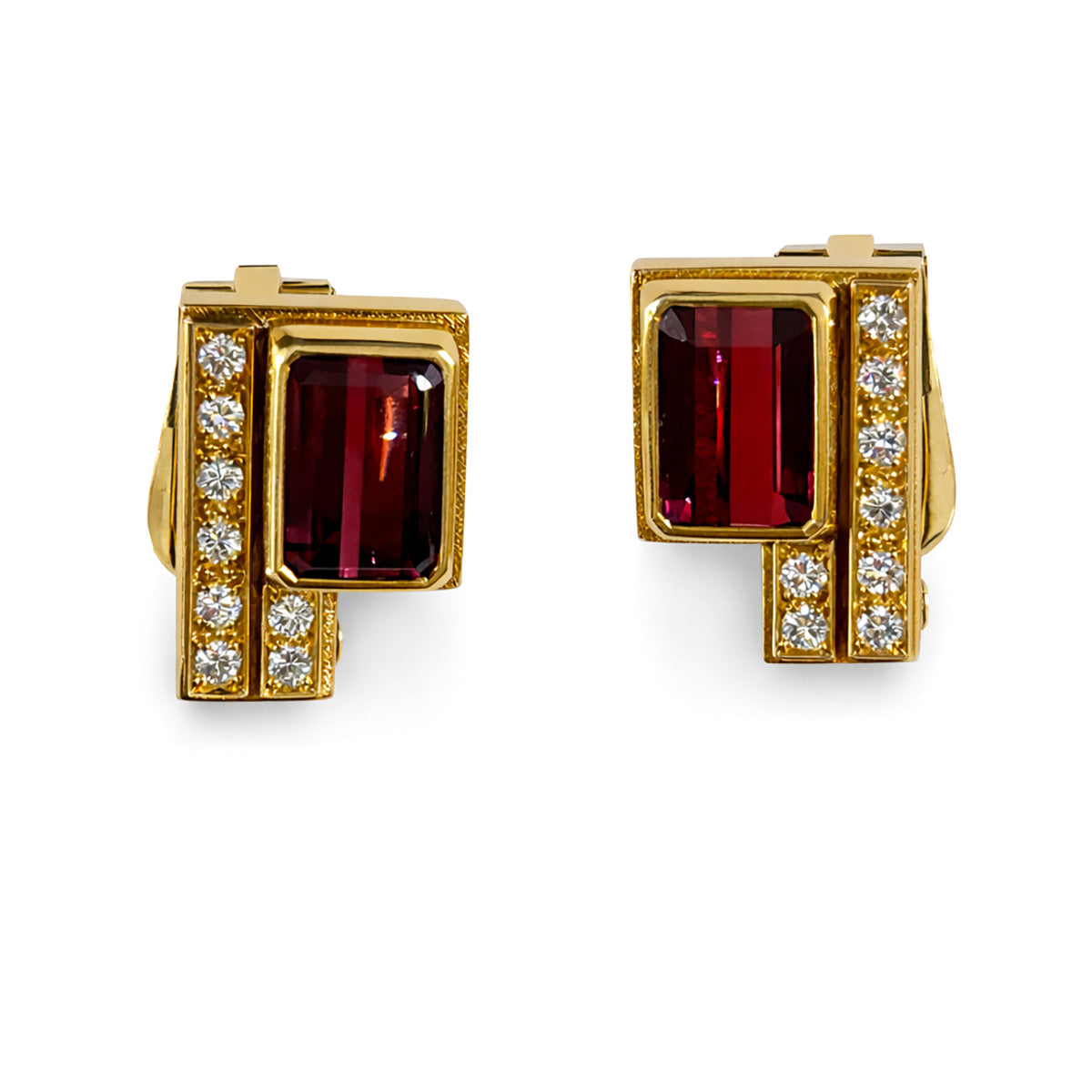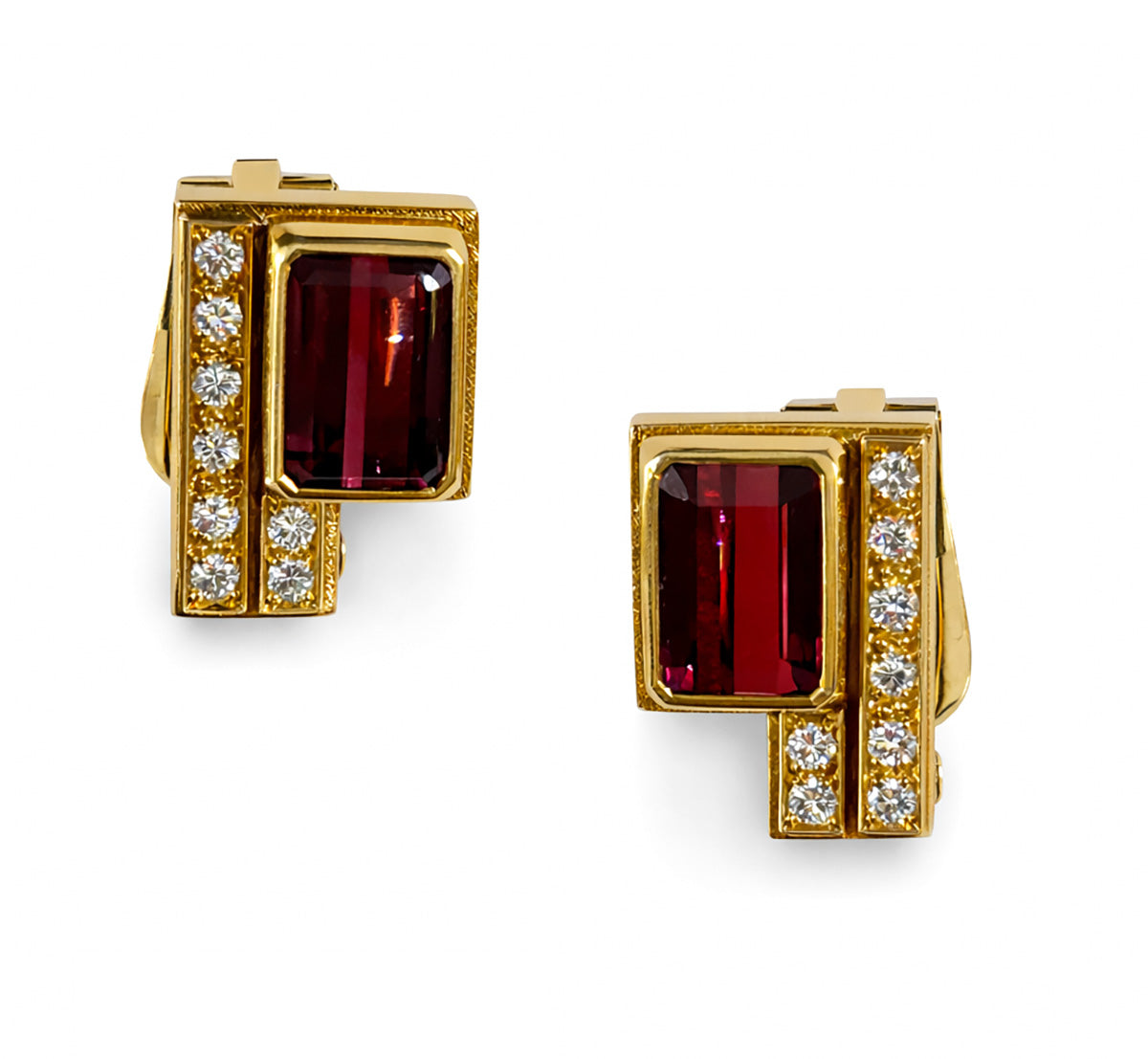
Life is Too Short Not to Sparkle: Stunning and Distinct Schreiner Jewelry
Schreiner jewelry pieces embody luxurious vintage workmanship offered by one of America's foremost designers of high-end costume jewelry. German-born jewelry designer Henry Schreiner started his jewelry business in 1939, though until 1951 his creations had no markings, making them very difficult to identify. His designs were never mass produced, and were always meticulously crafted by hand in New York.
The Schreiner Company was known for its unusual and imaginative use of color, which Terry Schreiner, Henry’s daughter attributed to working for ‘the couturiers’ and having the color swatches before anyone else. Today, Schreiner jewelry pieces, alongside Chanel, are highly sought after in the world of vintage costume jewelry.
Art Deco Beginnings
As a blacksmith from Bavaria, Germany, Henry Schreiner emigrated to the United States in 1923, five years after World War I ended. His blacksmith skills landed him a job at Better Buckle Company, which produced metal buckles, buttons and fasteners, from which Henry gradually transitioned to creating items of jewelry by his own designs.
The early jewelry pieces made by Henry Schreiner’s company in the early 1930s are almost unrecognisable when compared to the Schreiner pieces made in the early 1950s by Henry himself, and the pieces made after his death, through 1973, by his son-in-law Ambros Albert. The early 30s pieces were largely Art Deco designs and monogram pins made of sterling silver decorated with marcasites - sometimes called “white iron pyrite”, iron sulfide with orthorhombic crystal structures. Marcasites were extremely popular back then.
Schreiner Jewelry Pieces Are Highly Fashionable and Attention Grabbing
Starting late 30s - beginning of 40s, Henry started making soldered metal settings, shifting his jewelry design styles towards an even more imaginative direction, as Schreiner began ordering special Czech stones in distinctive colors and shapes. These were very expensive, custom made, specially shaped stones, made in Germany, by skilled Czechoslovakian craftsmen. The stones included signature elongated keystone-shaped stones, used in the ultra-popular and more expensive “ruffle” designs first introduced by Schreiner Jewelry in 1957.
The stones were exclusive to Schreiner and, unfortunately, are no longer being manufactured. This is why it’s best to buy your Schreiner jewelry pieces from a reputable vintage and antique jewelry dealer to insure your piece is of well-cared-for condition. Cathy G., a vintage jewelry collector and a lucky owner of Shreiner’s rose colored and pearl ruffle pin, which is unfortunately missing two of its keystones, said “I have been looking for replacement stones forever.”
Schreiner designs are truly exceptional, as his choice of materials was unusual for America’s market at the time making the interest towards his creations only grow. This is also due to the outstanding quality of his pieces, something not all costume jewelry have in common.
Schreiner’s Jewelry Signature: Only Fine Handwork
Arguably, Schreiner's most well-known design hallmark is inverted stones. The stones are placed in the setting with the pointy side up instead of down – the facets of crystals are shown rather than the flat surface, thus enabling light to catch the beautifully crafted stones, giving the whole design a more elevated, made-of-precious-stone look.
The stones were both foiled and unfoiled. Inserting unfoiled rhinestones upside down meant that the stone underneath was able to pick up the color of the garment that the person was wearing. This gave the Schreiner jewelry wearer a unique advantage of having costume made jewelry for each garment - if one put, say a brooch with such stones over a burgundy color garment, the brooch’s stones would pick up the burgundy tone and looked like the brooch was custom made for that particular garment.
Another signature highlight of Schreiner jewelry’s exceptional workmanship and innovation is its hook-and-eye construction – the parts of the jewelry piece were linked together by a metal wire, known as the hook, that fits through a loop-shaped fitting, known as the eye, to hold the layered components together. This unique hook-and-eye construction gave each layer of jewelry motif much-needed structural integrity. Many Schreiner brooches were made using the hook-and-eye construction.
Schreiner also famously used the prong settings as a part of the overall design, creating elegant “fleur-de-lis”, a stylized lily that was used in the heraldry for European monarchy and nobility.
Exquisite stones and crystals made by skilled Czechoslovak masters, inverted stone designs, unusual rhinestone combinations, reliable hook-and-eye construction, and extravagant designs that are still relevant today are just a few reasons why every piece of Schreiner Jewelry Company’s is still met with such high enthusiasm today (as scrolling through numerous Schreiner Jewelry, Schreiner Jewelry Research, and Schreiner Jewelry Co. Study groups on social media will show you).
View our Collection of Schreiner Jewelry




















